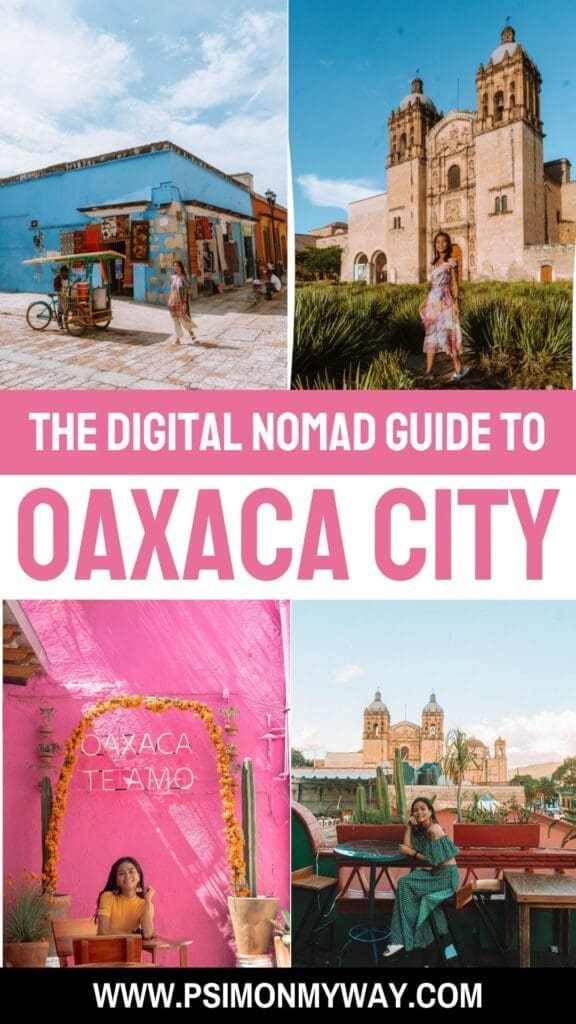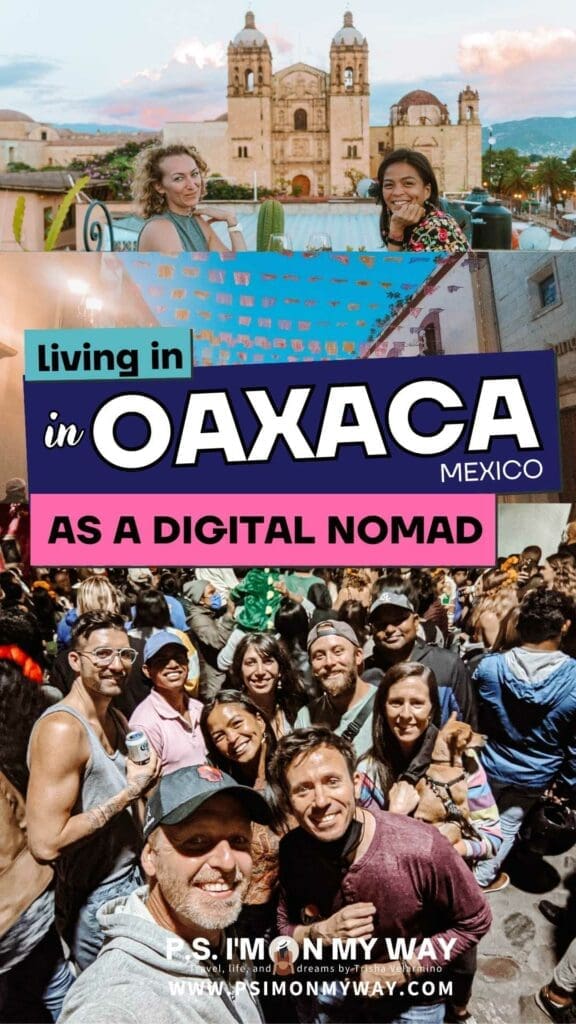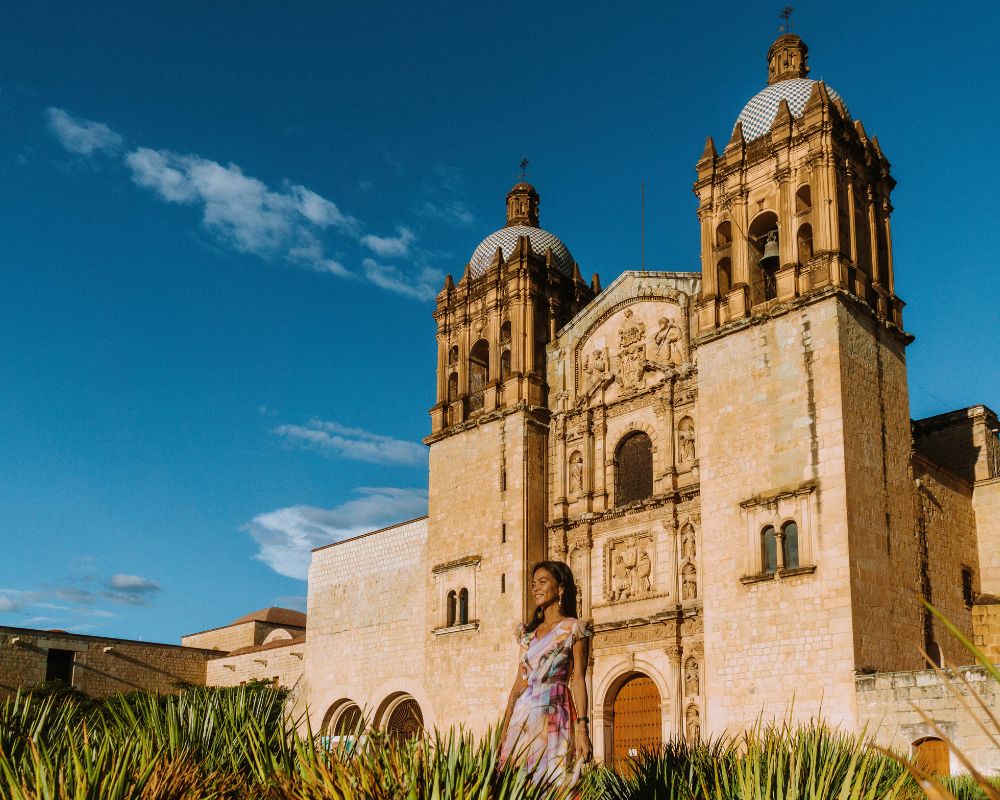
?? Hola! My name is Trisha, and I live in Mexico on a permanent visa. In this Oaxaca digital nomad guide, I’ll share insights from my annual one‑month stays here—something I’ve been doing every year since 2018.
Hi Trisha, I’m an American remote worker planning to spend a few months (maybe longer) in Oaxaca, and I’ve been devouring your guides. I’d love your perspective on a few things: What’s the digital nomad community like there? Do people actually connect, or is it more transient? How reliable is the WiFi if I’m working full-time on video calls? I’m also curious about neighborhoods. Are there areas that feel both safe and walkable but still close to cafés or coworking spaces? And lastly, how easy is it to integrate into local life without feeling like just another outsider passing through? I want to be respectful and really experience Oaxaca, not just consume it. Thanks for any insight you can share!
- Daniel, Texas? Questions? Join my digital nomad group on Telegram →
Hi Daniel,
Oaxaca is a really great choice!!! Every year, I carve out a full month in Oaxaca, and it’s become one of the most grounding rituals of my life. I host Day of the Dead tours for nomads, which is why I return, but honestly, it’s so much more than just the tours.
That month gives me time to slow down, reconnect with friends I’ve made over the years, and sink into the rhythm of the city. I spend mornings working from cafés, afternoons wandering markets or checking out new coworking spots, and evenings sharing mezcal with locals who’ve become like family.
I’ve been doing this since 2018, and this Oaxaca digital nomad guide is everything I’ve learned from those stays, year after year. Hope this helps – get in touch when you choose to go in Oct/Nov!
Cheers,
Trisha
What’s in this digital nomad guide:
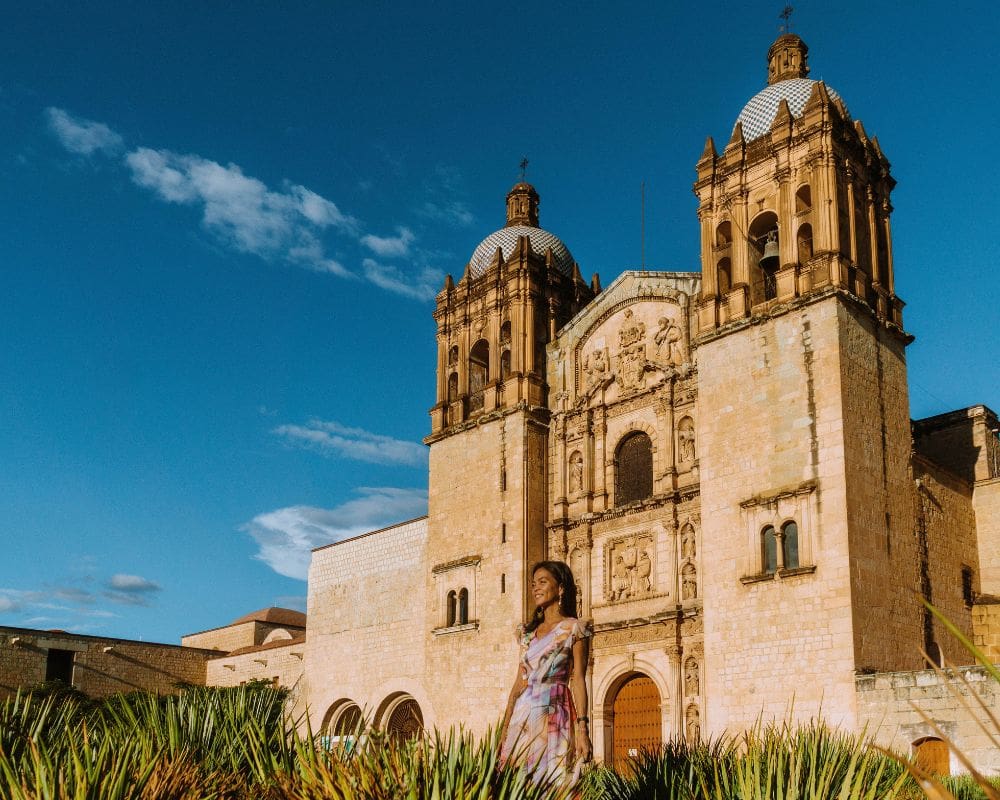
✨ Key Takeaway: Oaxaca remains one of Mexico’s most affordable yet culturally rich digital nomad hubs. Even at the “comfortable” tier, you can enjoy a high quality of life with excellent food, reliable internet, and a welcoming community—all at a fraction of Mexico City or Guadalajara costs.
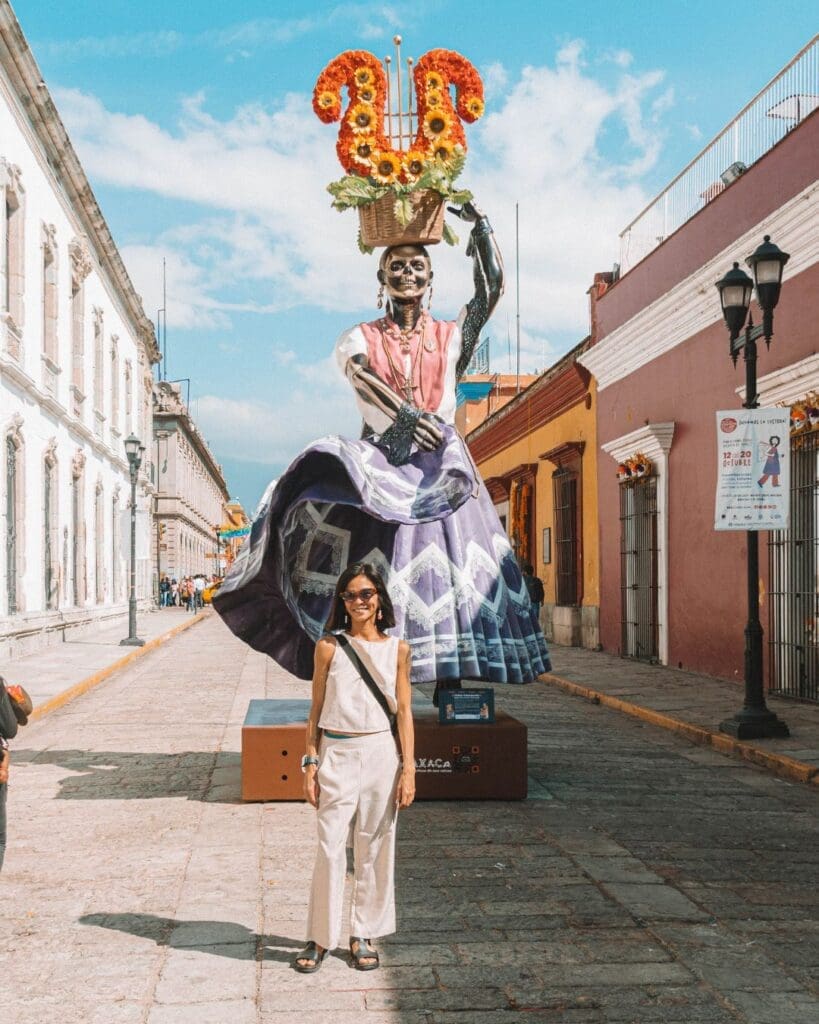
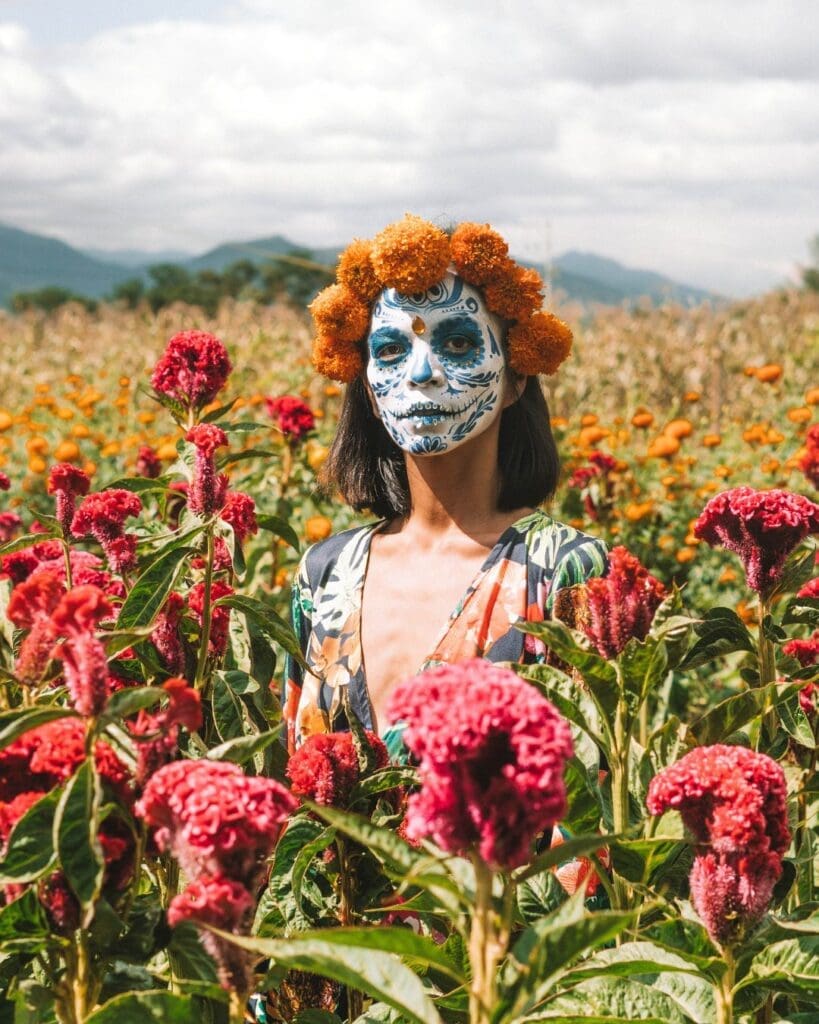
As an Oaxaca digital nomad, I’ve learned that the most practical months to settle in are December through April. The weather is dry, the skies are clear, and it’s easy to balance work with exploring the city without worrying about heavy rains. Internet and coworking spaces are reliable year‑round, but during these months, the climate makes daily life especially smooth.
My own tradition is spending October and November in Oaxaca. The city transforms during this season—markets overflow with marigolds, families prepare altars, and the streets come alive with parades, music, and candlelit vigils for Día de los Muertos.
The worst months in Oaxaca for digital nomads are typically June through September, when heavy rains and occasional flooding can disrupt routines. Humidity rises, outdoor plans get tricky, and travel to nearby villages or beaches is less reliable compared to the dry season.
✈️ FIND CHEAP FLIGHTS TO OAXACA →
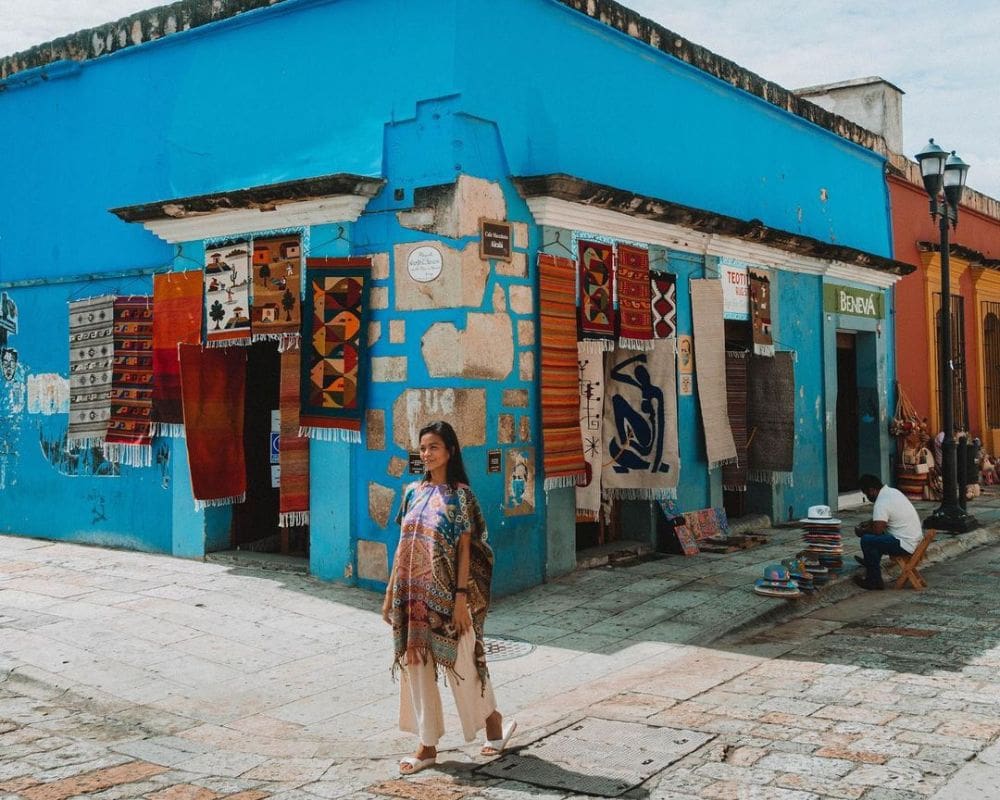
I always rent a house in San Felipe del Agua when I’m in Oaxaca, and it’s one of the reasons I find the city so livable as a digital nomad. A spacious home with a garden in that neighborhood usually costs around $800–$1,000 a month, which feels like incredible value compared to bigger cities in Mexico.
Groceries from mercados and local shops run me about $200–$250 monthly, and street food or casual meals rarely go over $5–$7 each. A good coffee in a café where I can work is about $1.50–$2, and a mezcal cocktail in the evening is around $5–$6.
Since I have a car, I spend a little more on gas and parking, but it gives me the freedom to explore villages and mezcal towns outside the city. Even with coworking memberships averaging $200–$250, my monthly Oaxaca digital nomad budget usually lands between $1,600–$2,000.
?? CHECK OUT MY MEXICO RELOCATION BLUEPRINT →
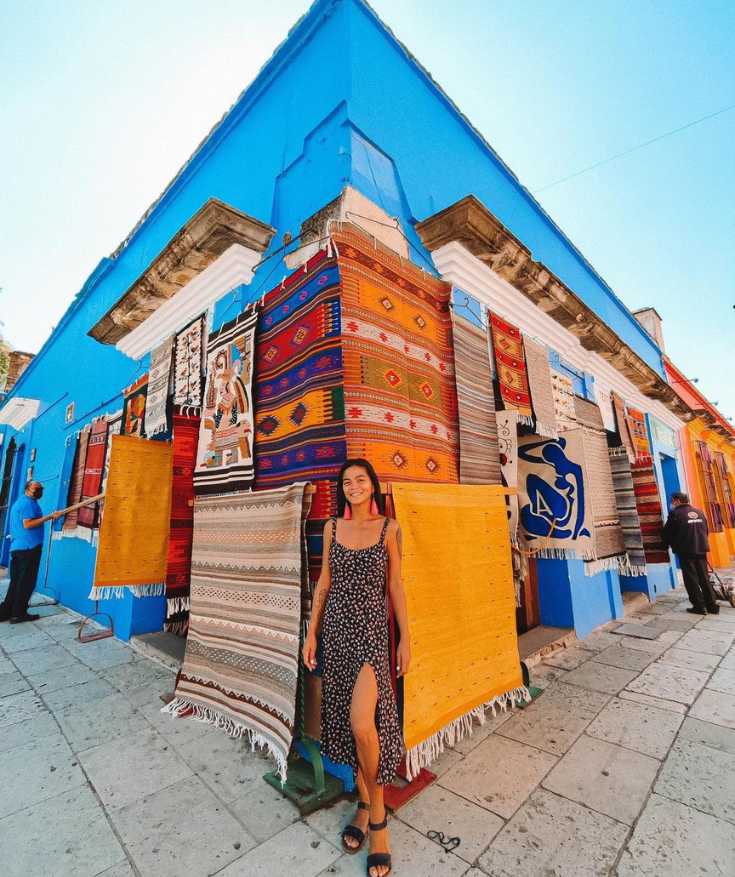
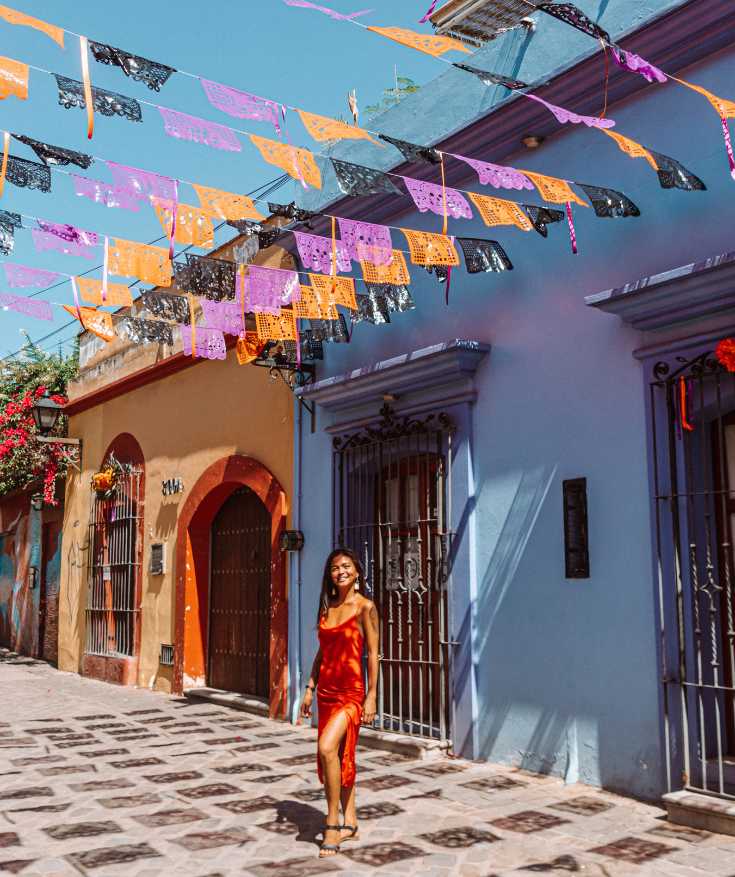
I’ve been coming back to Oaxaca every year since 2018, so by now I already have landlord contacts and don’t bother booking online anymore. It’s one of the perks of returning so often—you build trust and community.
But when I first started out as an Oaxaca digital nomad, I always booked a one‑week apartment online just to have a soft landing. From there, I’d walk around the city, talk to locals, and check out neighborhoods in person.
Being fluent in Spanish made that process much easier, especially when negotiating rent or finding hidden gems. Oaxaca is still a place where word of mouth goes a long way, and if you’re staying longer term, it’s worth taking the time to explore housing in person.
Here are some of the digital nomad housing options in Oaxaca:
?️ Explore my Oaxaca digital nomad housing map—packed with trusted rentals, coliving spots, and hidden gems I’ve found since 2018. Check it out and find your perfect stay!
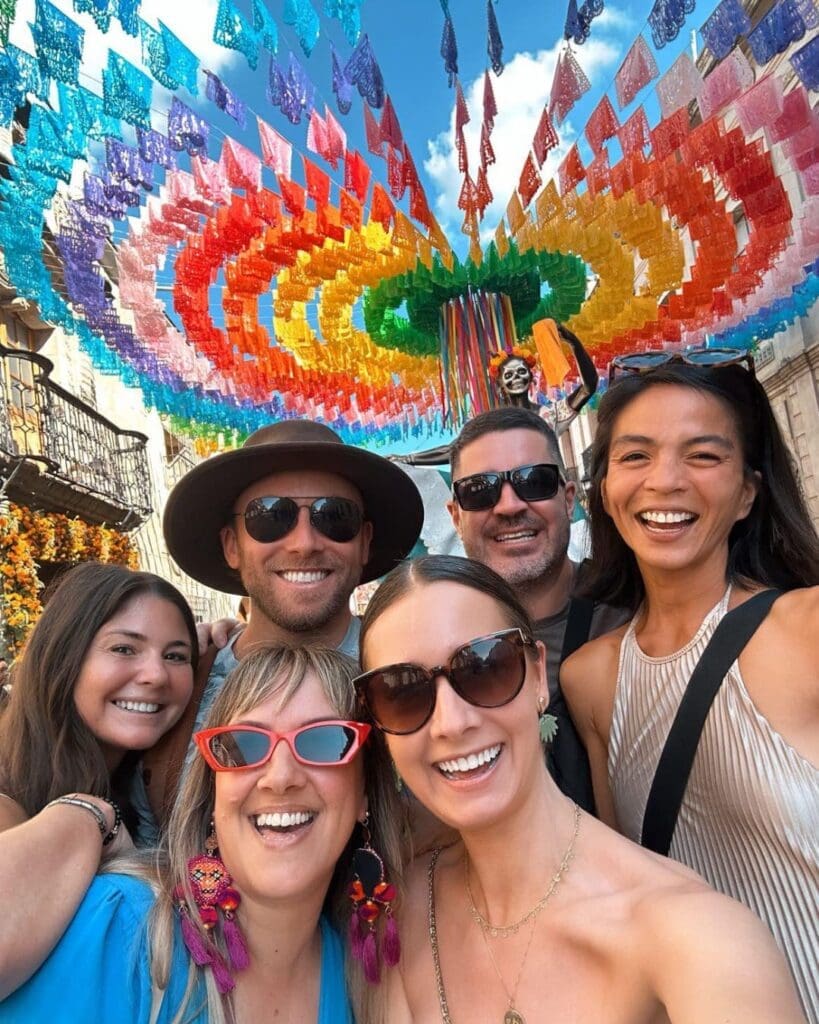
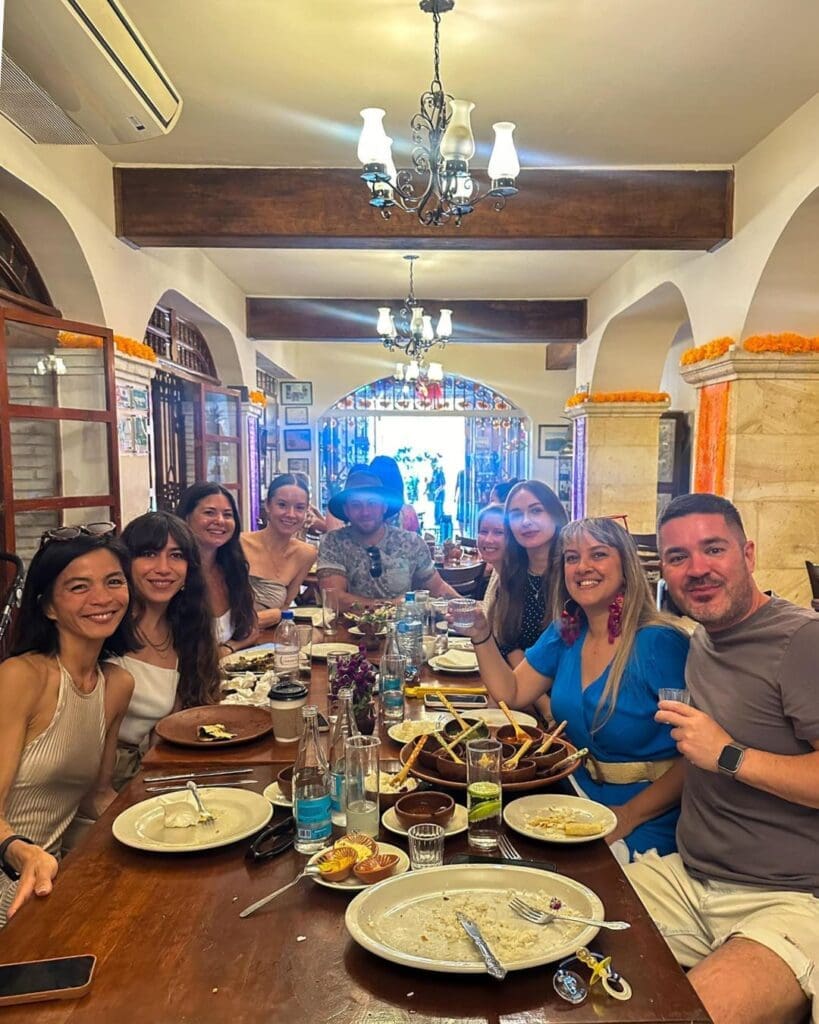
The Oaxaca digital nomad community has such a unique vibe—it’s one of the reasons I keep coming back. Every time I’m here, I find myself surrounded by people from all over the world: designers, writers, entrepreneurs, and remote workers who somehow all end up crossing paths in the same cafés, coworking spaces, and mezcal bars.
Over the years, many of them have become close friends, and it feels less like a transient crowd and more like a real community. What I love most is how open and collaborative the energy is—people are always swapping tips, sharing projects, or inviting each other to explore nearby towns.
For me, it’s also been the perfect place to grow my SupportLocal work, where I help small businesses in the villages around Oaxaca promote their tours and experiences. It’s rewarding to see nomads connect with locals in ways that benefit everyone!
???? Want to connect deeper in Oaxaca? Reach out to me—I’ll happily introduce you to my local friends and community for authentic experiences and connections!
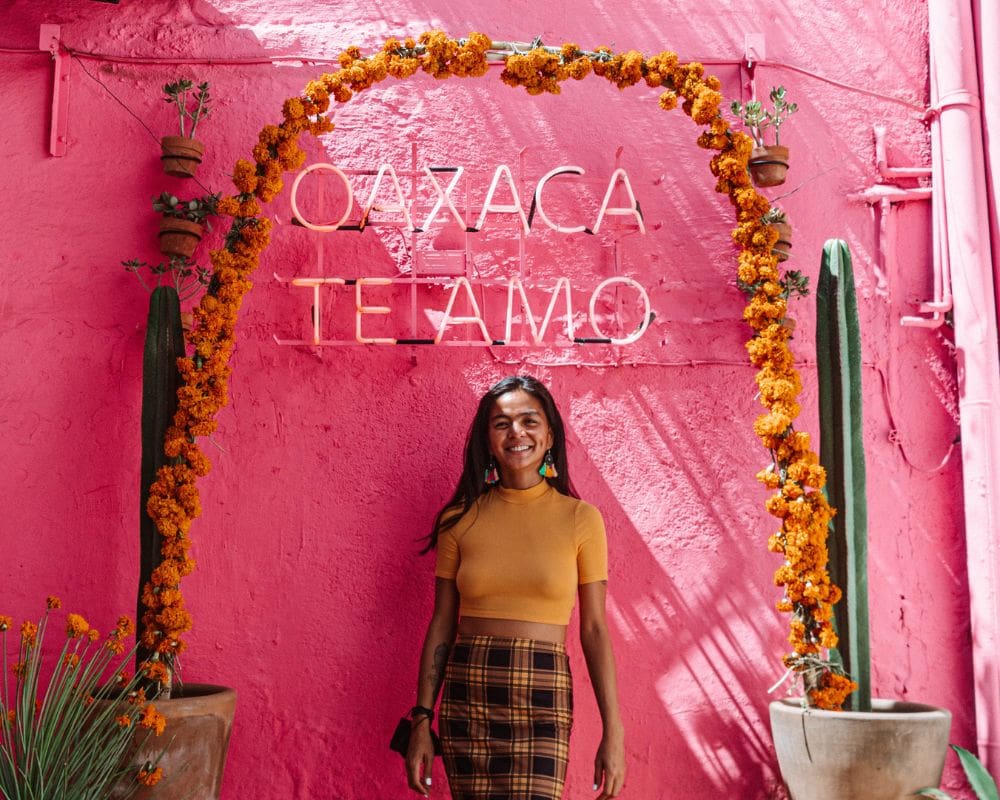
Internet in Oaxaca can be a mixed bag—it really depends on where you’re working from. Coworking spaces are always my go‑to because they’re the most reliable, usually offering 50–100 Mbps speeds that easily handle video calls and uploads.
Cafés are great when I want food or a change of scenery, but speeds there are slower, closer to 10–30 Mbps, so I don’t rely on them for heavy workdays. Apartments are where things get tricky: some have solid fiber connections, while others still run on older setups that can drop during peak hours.
When I first started out, I had to deal with those inconsistencies, but since I’m a permanent resident, I was able to upgrade my own apartment to fiber optic. That made a huge difference. Now I can work from home without worrying about outages. Still, coworking remains my sweet spot for community, coffee, and guaranteed stability.
? Quick tip: Before signing, ask your landlord for a screenshot of the Wi‑Fi speed test (using Speedtest by Ookla). It’s the easiest remote way to confirm reliability without surprises.
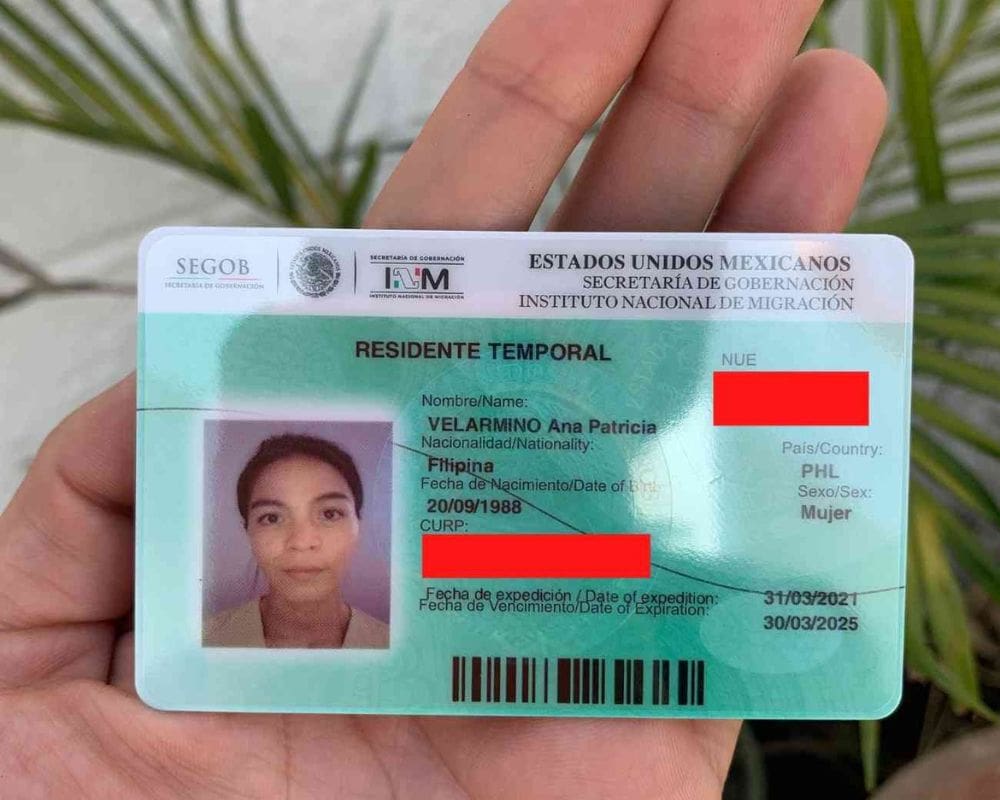
Mexico’s digital nomad visa process is surprisingly straightforward, and it’s what allowed me to build a long‑term life here.
When people ask me about the Mexico digital nomad visa, I always say it’s easier than it looks on paper. Technically, it’s the Temporary Resident Visa, and the requirements are pretty simple: you just need to show steady income or savings and apply through a Mexican consulate outside the country.
I started with this visa myself—it was granted for one year, and then I renewed it until I had the full four years. The process was mostly paperwork, a couple of consulate visits, and some patience, but nothing overwhelming.
What I loved is that it gave me stability: no more visa runs or worrying about the 180‑day tourist limit. After those four years, I was able to transition into permanent residency, which means I can stay in Mexico indefinitely. For me, it’s been the smoothest path to really putting down roots here.
? My lawyer made the Mexico visa process stress‑free and smooth. I highly recommend booking a chat with them if you’re serious about residency or long‑term stays.
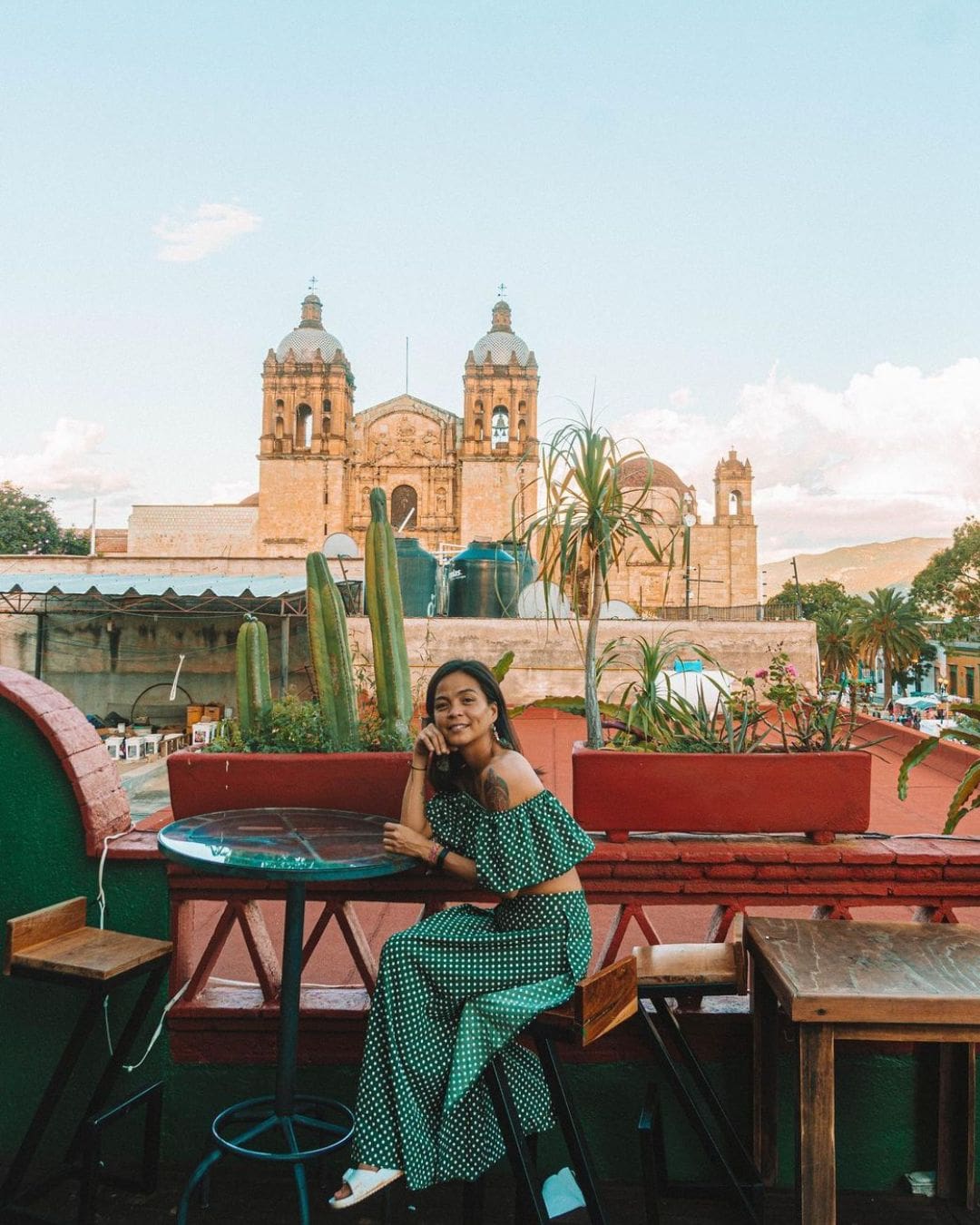
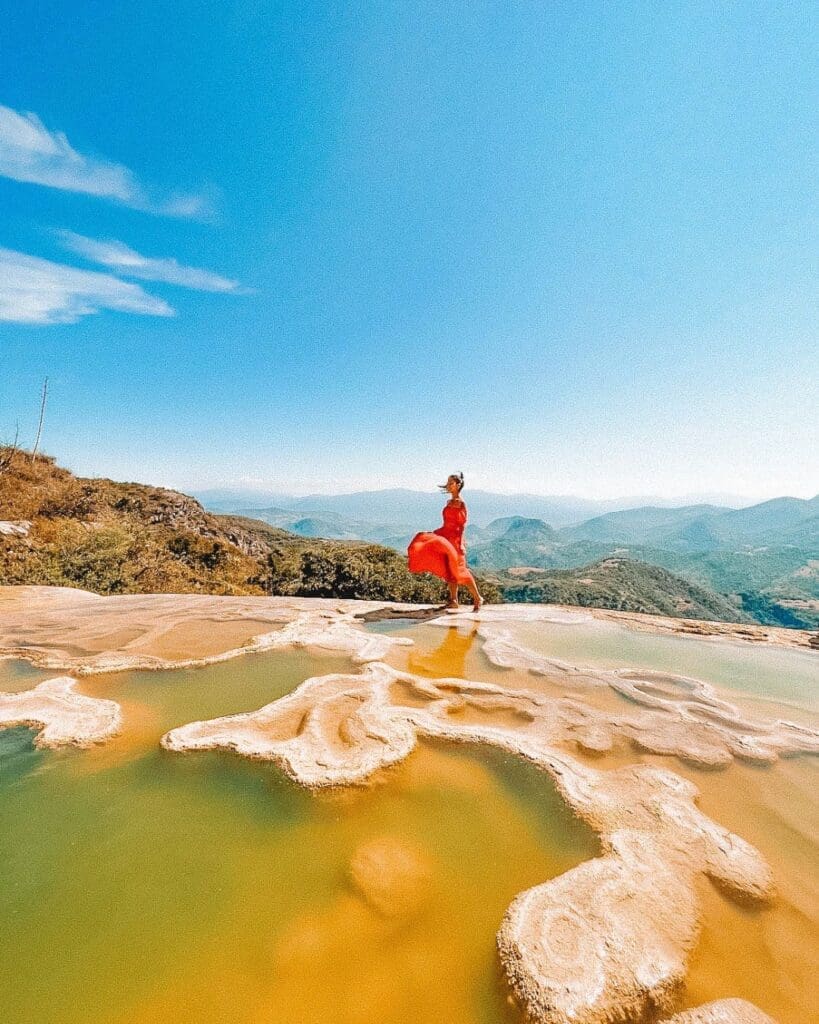
Oaxaca really has everything, which is why making Oaxaca City my base always feels like the smartest move.
During the week, I can set up in a coworking space or a café, then step outside into a city buzzing with culture. Oaxaca City itself is full of things to do—wandering through colorful markets, tasting endless variations of mole, or catching live music in the Zócalo.
On weekends, it’s easy to escape: I’ll head to the mountains of San José del Pacífico for fresh air, or down to the coast in Puerto Escondido or Mazunte for beaches and surf.
The state is so diverse that you can go from mezcal tastings in small villages to exploring ancient ruins like Monte Albán, all within a short trip. That’s why I keep saying Oaxaca has it all—it’s the perfect mix of culture, food, nature, and community!
? Check out my SupportLocal guide to things to do in Oaxaca—authentic tours, community projects, and experiences that directly support local families and small businesses.
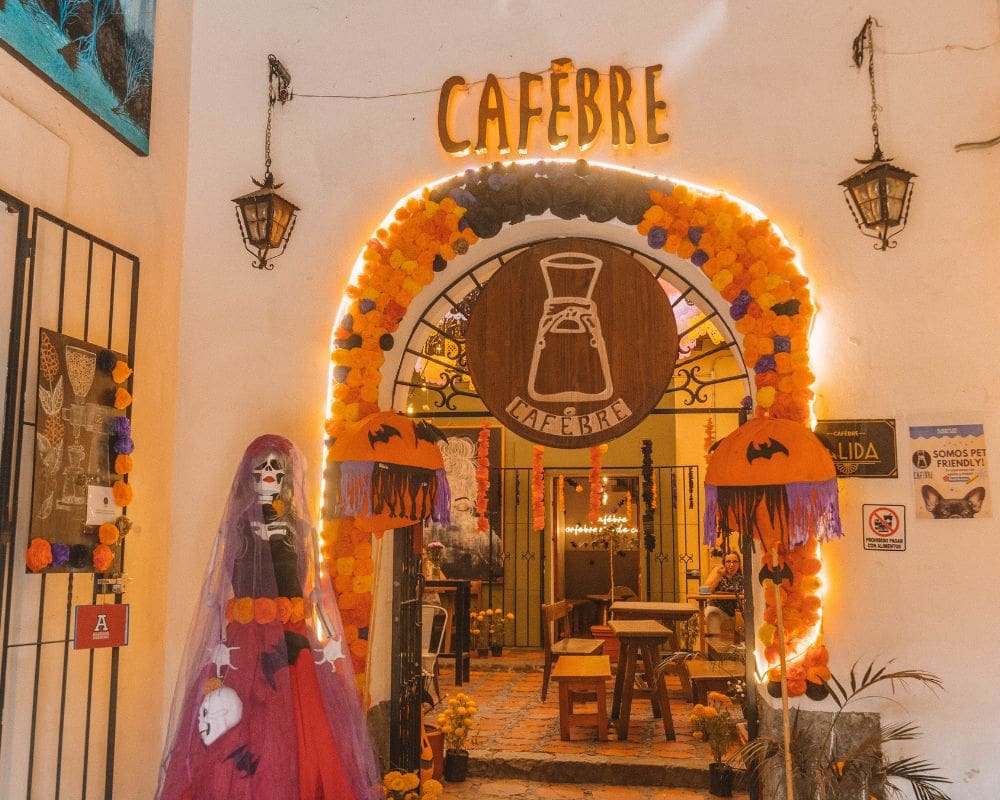
The café scene in Oaxaca is incredible. There are so many options, from cozy neighborhood spots to sleek third‑wave coffee shops serving beans grown just a few hours away in the mountains.
As a digital nomad, I’ve always felt welcome in these spaces. Most cafés are used to people opening laptops, and as long as you’re respectful and order something, no one minds if you stay for hours.
Personally, I usually spend about four hours in a café and around $25 USD, which easily covers a couple of specialty coffees, a meal, and maybe even a pastry. That’s more than enough to feel like I’m supporting the business while getting a comfortable place to work.
Wi‑Fi speeds in cafés are generally 10–30 Mbps, which is fine for writing, browsing, and lighter calls, though I save heavy uploads for coworking spaces.
What makes it even better is the vibe—friendly staff, creative energy, and the sense that Oaxaca really embraces its role as a café capital.
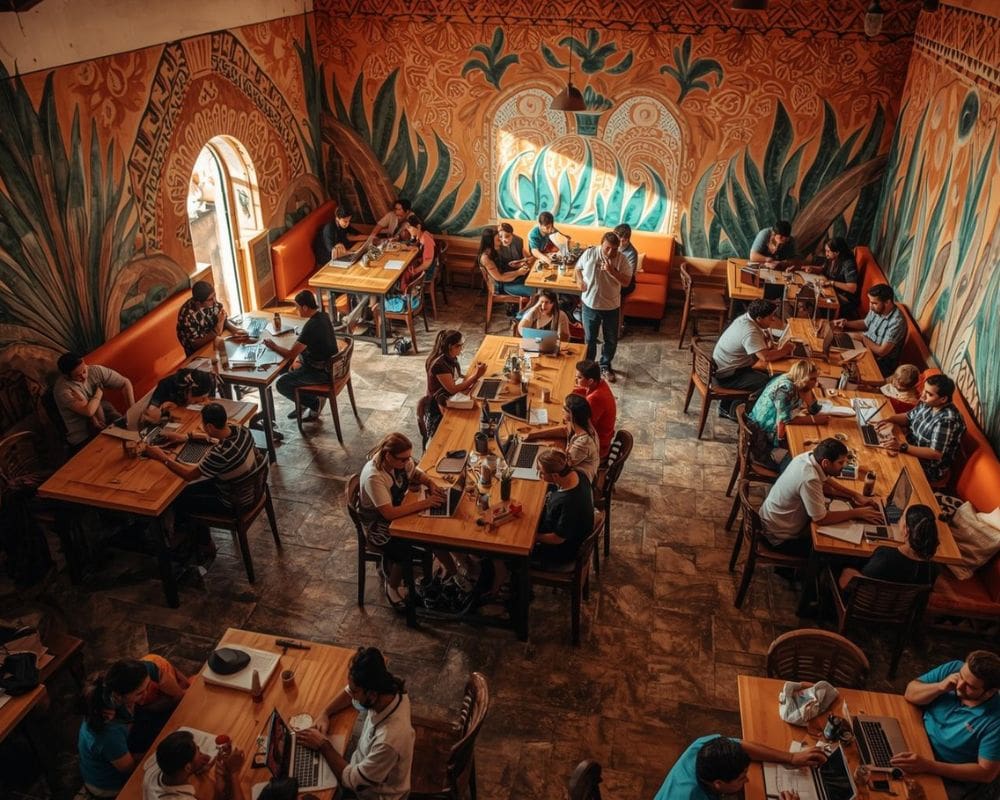
Co‑working spaces in Oaxaca are totally worth it if you want reliable Wi‑Fi and a built‑in community. Whenever I need a solid workweek, I grab a one‑week coworking pass—it’s the perfect balance since I also love splitting time between cafés and work dates at friends’ houses.
The vibe in Oaxaca’s coworking spaces is super friendly and international; you’ll find creatives, entrepreneurs, and remote workers all mixing together.
Most spaces include fast Wi‑Fi (usually 50–100 Mbps), comfy desks, meeting rooms, and unlimited coffee or tea, which makes it easy to stay productive. Some even have outdoor patios or little cafés attached, so you don’t feel stuck indoors all day.
For me, the real value isn’t just the internet—it’s the people. I’ve met collaborators, travel buddies, and friends just by showing up for a week. If you’re staying longer, monthly passes usually run $150–$250 USD, which is a great deal for stability, networking, and inspiration.
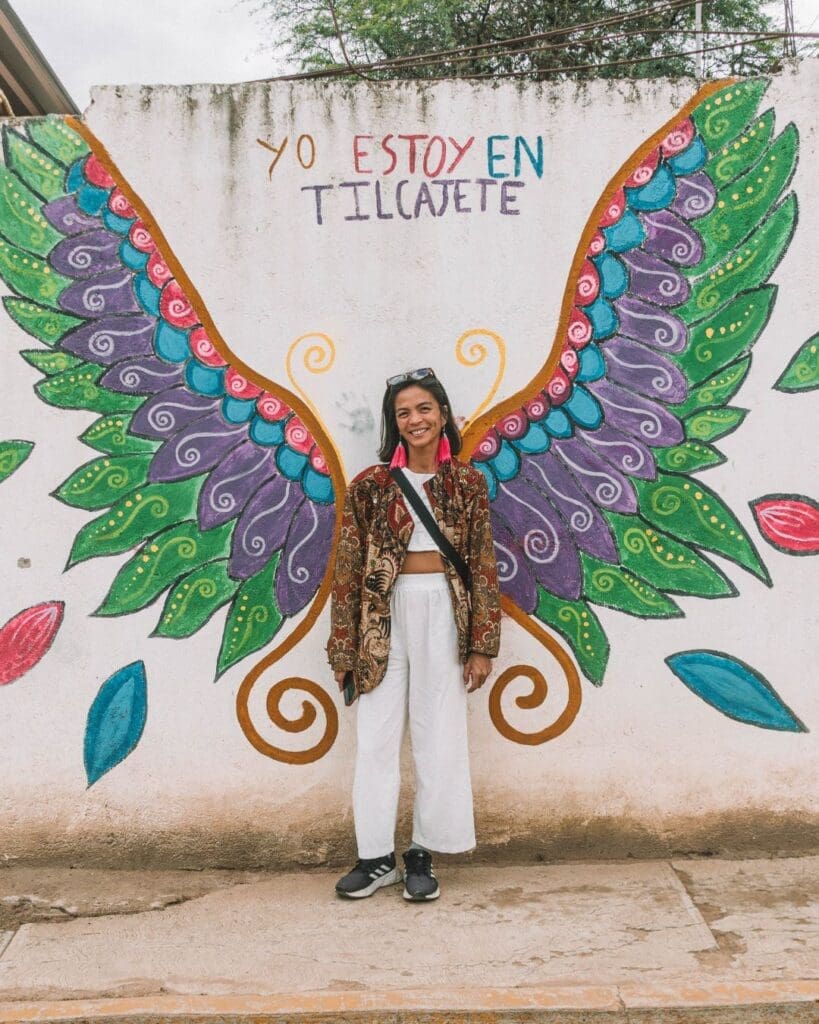
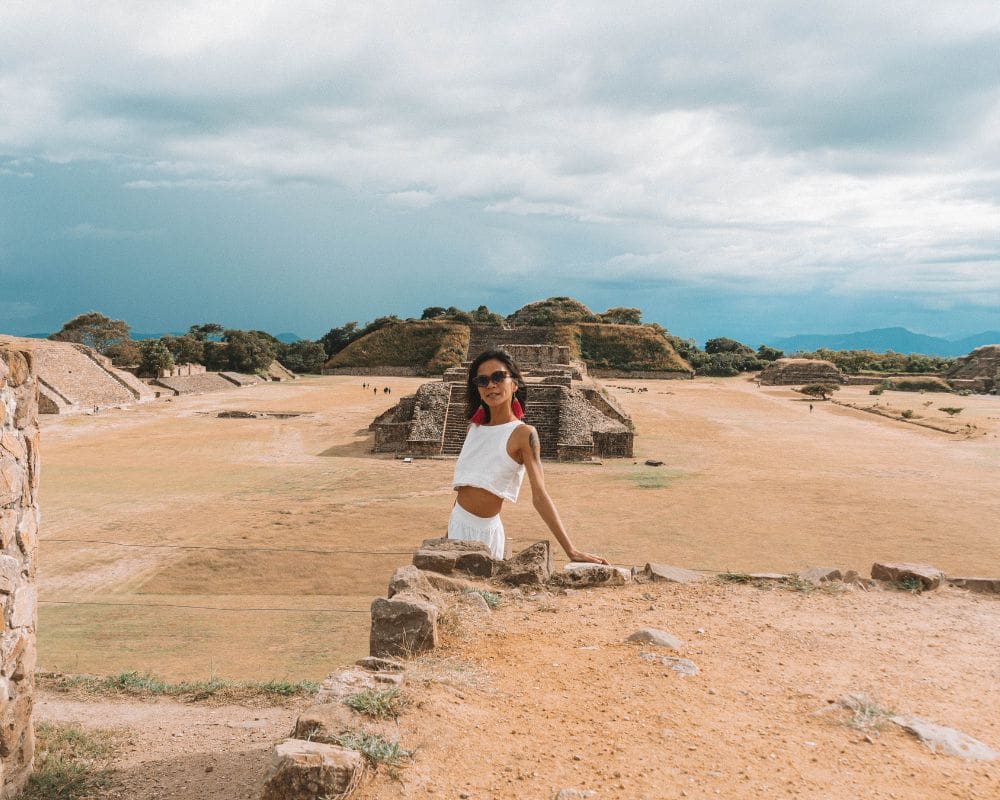
Living in Oaxaca as a digital nomad comes with plenty of perks that go way beyond the basics. Instead of just telling you it’s “affordable” or “cultural,” here are the real, everyday reasons why life here feels so good:
???? Moving to Oaxaca and need someone to talk to? Let’s chat! I’ve been there, done that, and love sharing tips, stories, and support! [CHAT WITH ME]
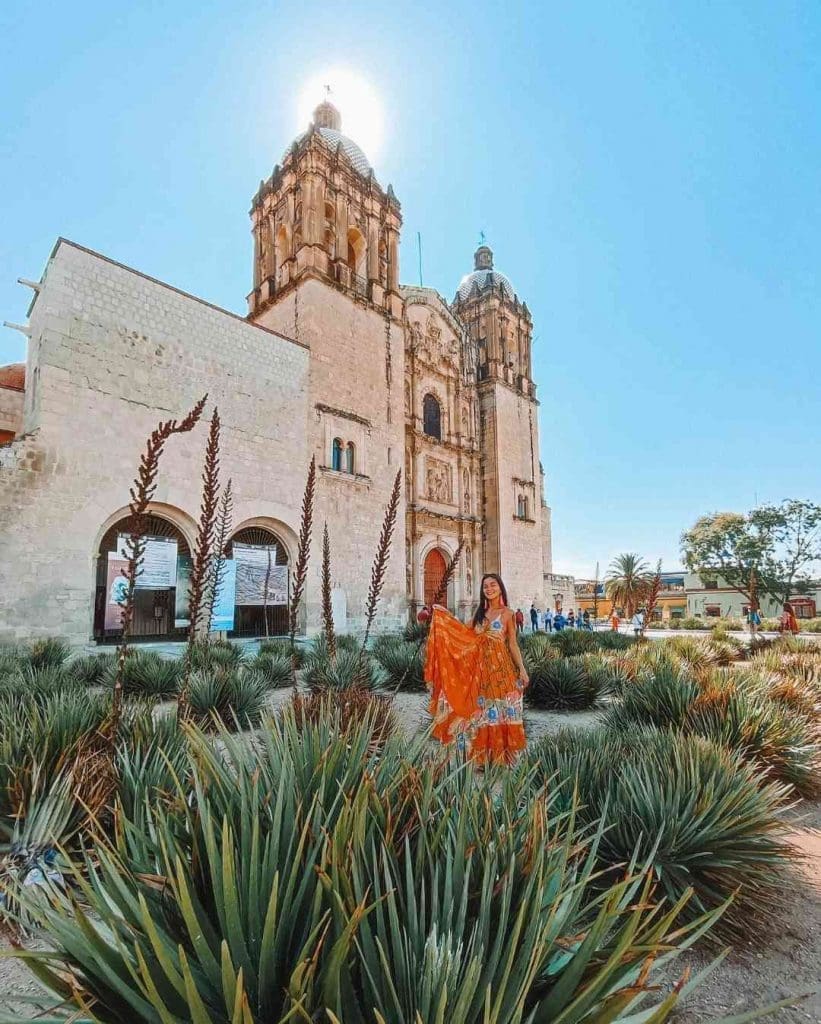
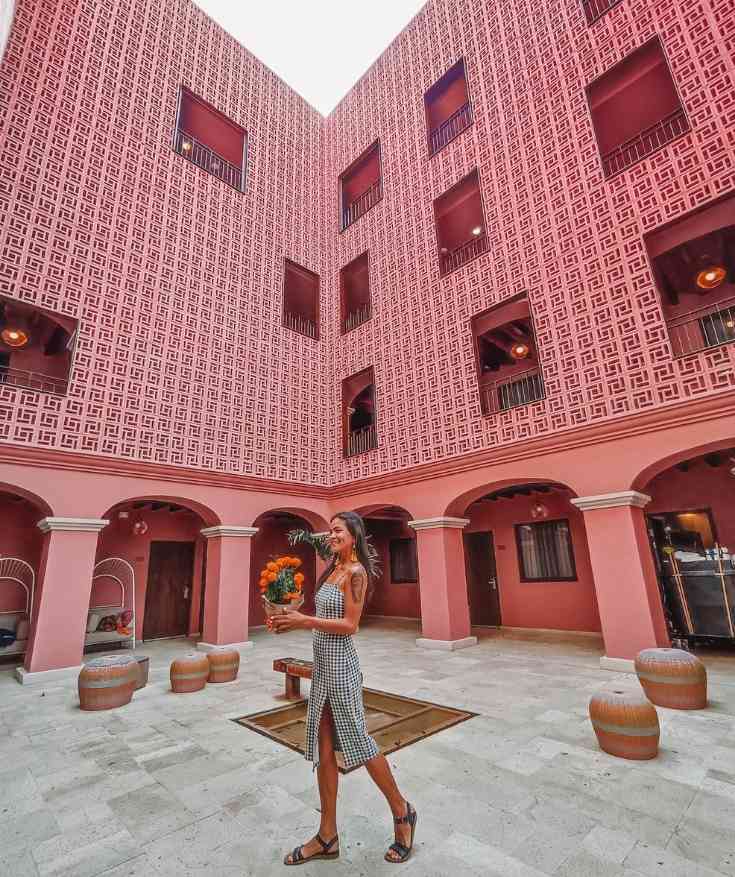
Of course, no place is perfect—even Oaxaca has its quirks that can take some adjusting. These aren’t deal‑breakers, but they’re the little realities worth knowing before you pack your bags:
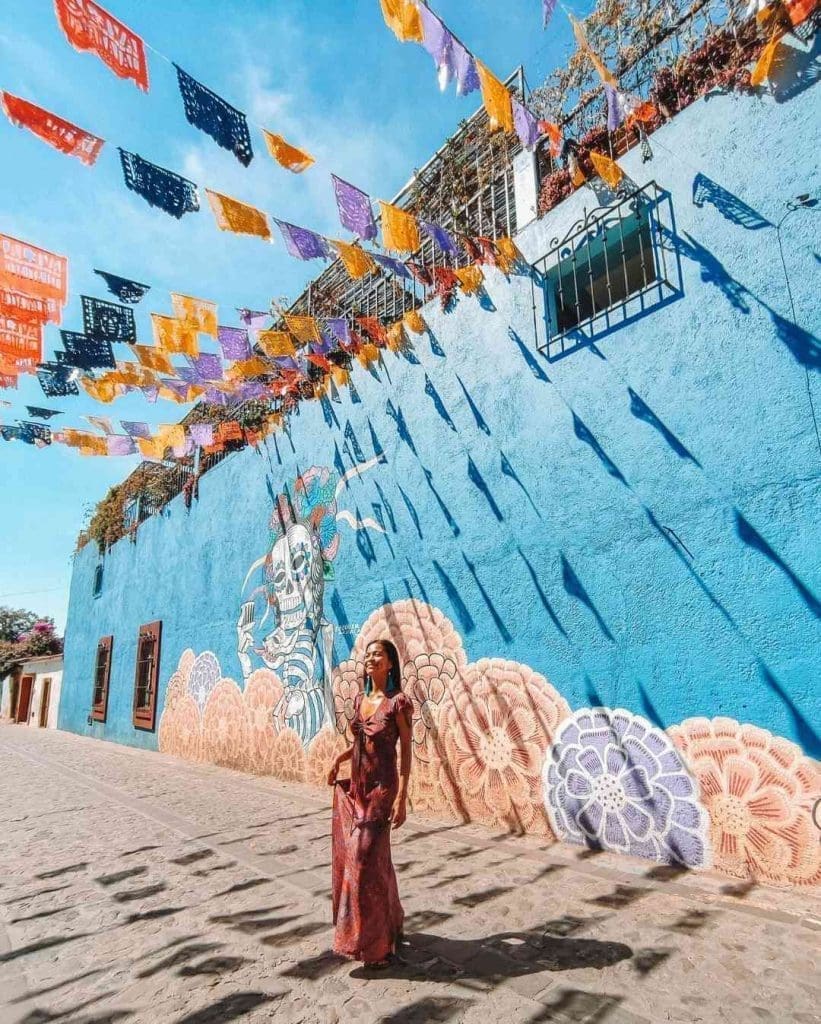
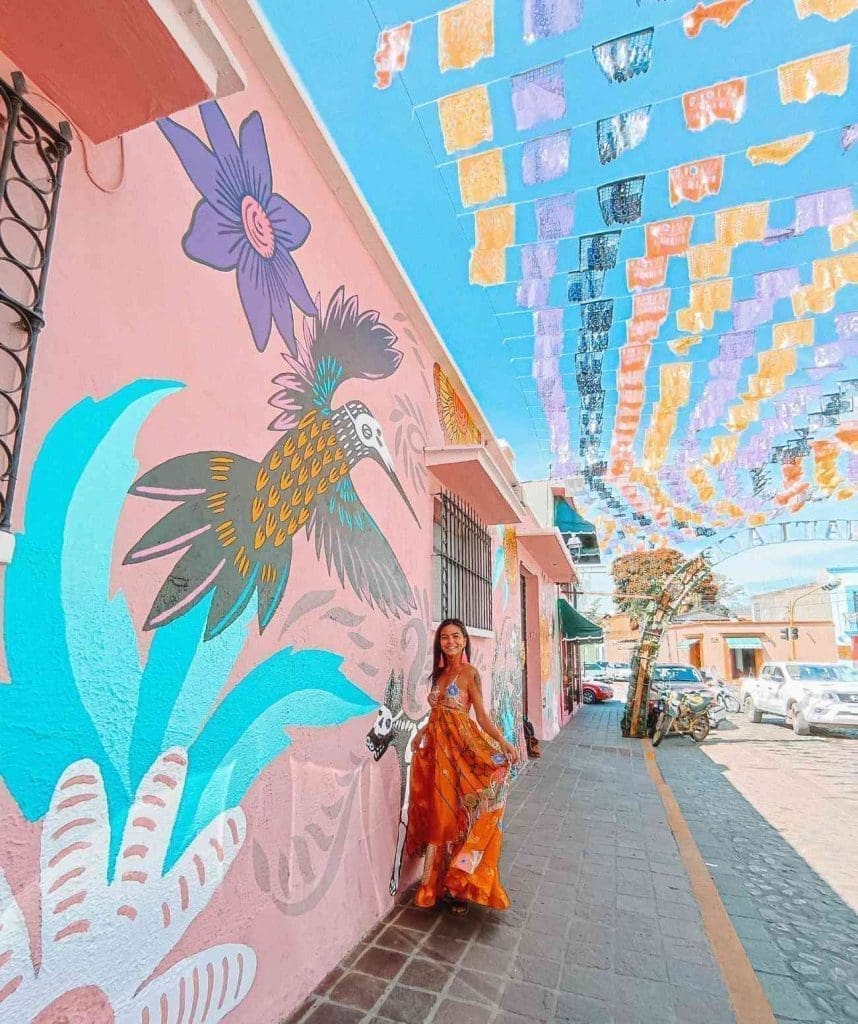
From my own experience, walking around Oaxaca City felt safe, especially in central neighborhoods like Jalatlaco, Xochimilco, and the historic center where there’s always a lively atmosphere.
The more often I visited, the more confident I became—blending in with locals, learning the rhythms of the city, and knowing which areas to avoid late at night.
Like anywhere, there are occasional reports of petty theft or muggings, so I always practice common sense: sticking to well‑lit streets, using rideshare apps instead of hailing random taxis, and keeping valuables tucked away.
What stood out most to me was how welcoming the community is; people are quick to help if you need directions or advice. Over time, that sense of familiarity made Oaxaca feel less like a destination and more like a second home.
?? Read next: Is Oaxaca safe?
Yes, Oaxaca is a fantastic base for digital nomads. It combines affordable living, vibrant culture, welcoming locals, and plenty of cafés and coworking spaces for productivity.
Internet speeds vary. Cafés usually offer 10–30 Mbps, fine for writing and browsing. Coworking spaces and some apartments provide 50–100 Mbps, reliable enough for video calls and uploads.
Most visitors receive a tourist visa on arrival, valid up to 180 days. For longer stays, apply for a Temporary Resident Visa, offering one‑to‑four years.
Centro, Jalatlaco, Reforma, and Xochimilco are favorites. They’re safe, walkable, full of cafés, and close to cultural events, making them ideal for digital nomads seeking community.
On average, $1,000–$1,500 USD monthly covers rent, food, coworking, and activities. Lifestyle choices—like dining out often or traveling—can push costs higher or lower.
